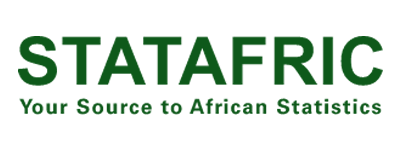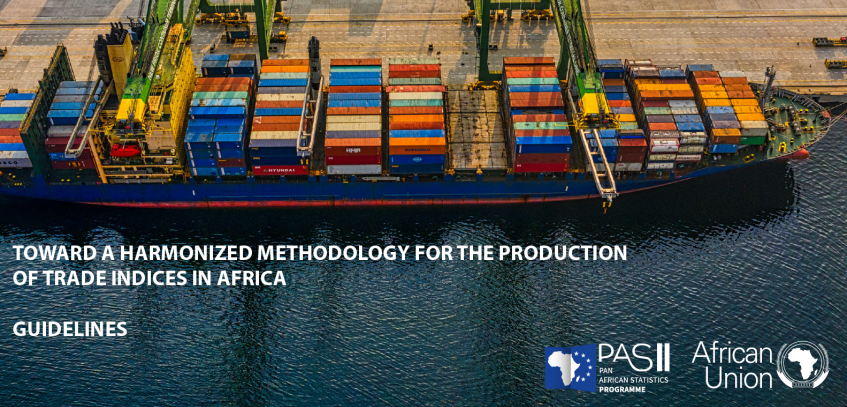Trade indices are very important in the analysis of trade flows and trade patterns over time from the perspective of relative competitiveness, structure of global exports and imports markets, or the importance of trade for the economy. To achieve this at the regional and continental levels, it is essential that all countries share the same guidelines and standards when compiling these indices. STATAFRIC has now published new guidelines for compiling trade indices for all AU Member States.
STATAFRIC, with the support of the PAS II Service Contract funded by the European Union, has released new guidelines aimed at harmonizing the compilation of trade indices across the African Union Member States. These guidelines form part of the ongoing effort to strengthen the economic analysis and monitoring of both intra-African and international trade flows using Unit Value Indices (UVIs) and Import and Export Price Indices (MPIs and XPIs).
Why Are Trade Indices Essential?
Trade indices are vital for measuring the impact of international trade on African economies. They enable stakeholders to understand price dynamics, monitor economic competitiveness, and assess the effects of currency fluctuations. These indices are particularly valuable for evaluating national competitiveness, managing the risks associated with imported inflation, and formulating effective national trade policies.
Current Challenges
Despite the importance of trade indices, only a minority of AU Member States currently produce UVIs, or MPIs and XPIs. Furthermore, those that do produce these indices often use varying methodologies, making it difficult to compile aggregated indices at the continental level. This lack of harmonization complicates the comparison and analysis of trade data across member states.
The New Guidelines: Toward a Harmonized Methodology
The revised guidelines seek to address these disparities by offering specific recommendations tailored to the differing circumstances of member states:
- Countries producing Unit Value Indices (UVIs): They are encouraged to refine their methodologies, drawing on international best practices, particularly for managing volatile data.
- Countries utilizing specific surveys (MPIs, XPIs): Recommendations are provided to help improve the accuracy and consistency of the indices produced through these surveys.
- Countries not yet producing indices: A roadmap has been developed to assist these countries in building the capacity to produce trade indices.
A Roadmap for Continental Harmonization
A comprehensive roadmap has been proposed to facilitate the production of harmonized trade indices across Africa. This roadmap encourages the adoption of the recommended methodologies, improvements in data collection practices, and the integration of new technologies to streamline the process. By 2026, the goal is to significantly increase the number of countries regularly producing harmonized trade indices.
These revised guidelines mark a crucial step toward greater alignment in trade statistics across Africa. They offer AU Member States a robust framework for enhancing their statistical capacities and bolstering Africa's economic competitiveness on the global stage.
Click here for the guidelines for ENG
Click here for the guidelines For FR
For more information, please contact Mr. Adoum Gagoloum (GagoloumA@africa-union.org), Head of the Economic Statistics Division at the African Union Institute for Statistics (STATAFRIC).









